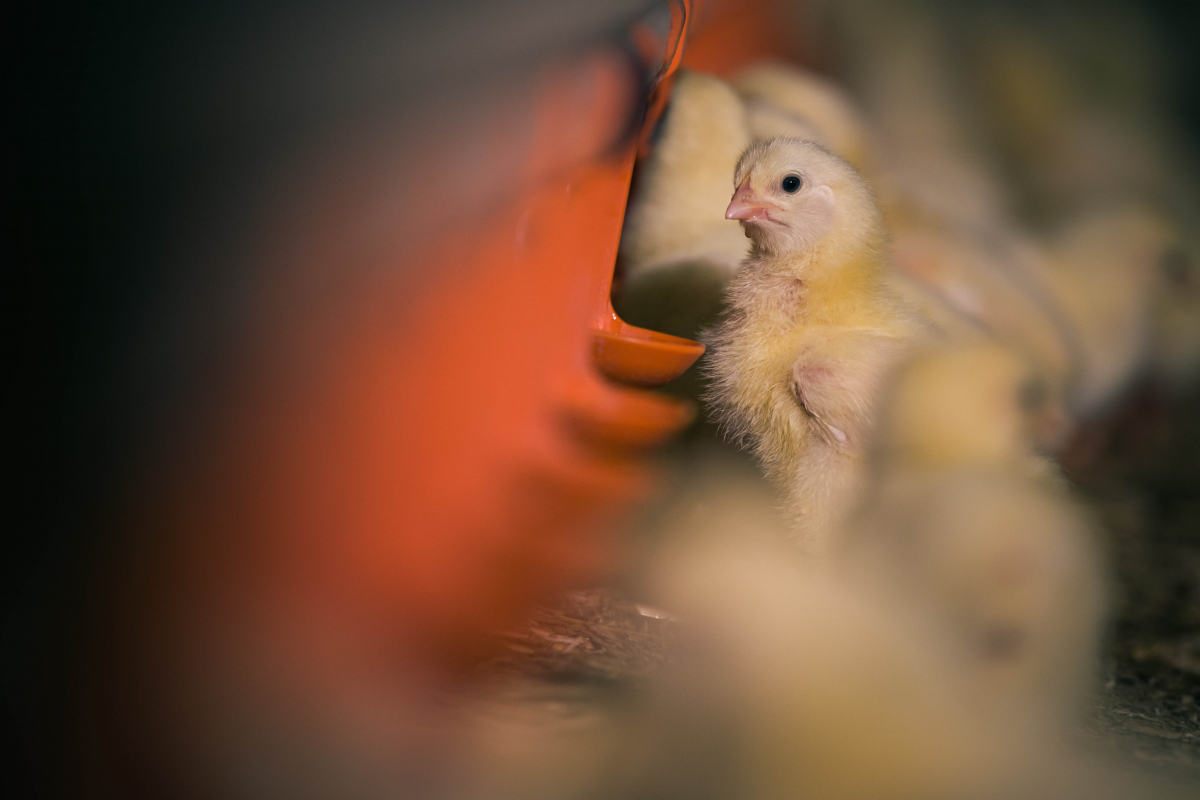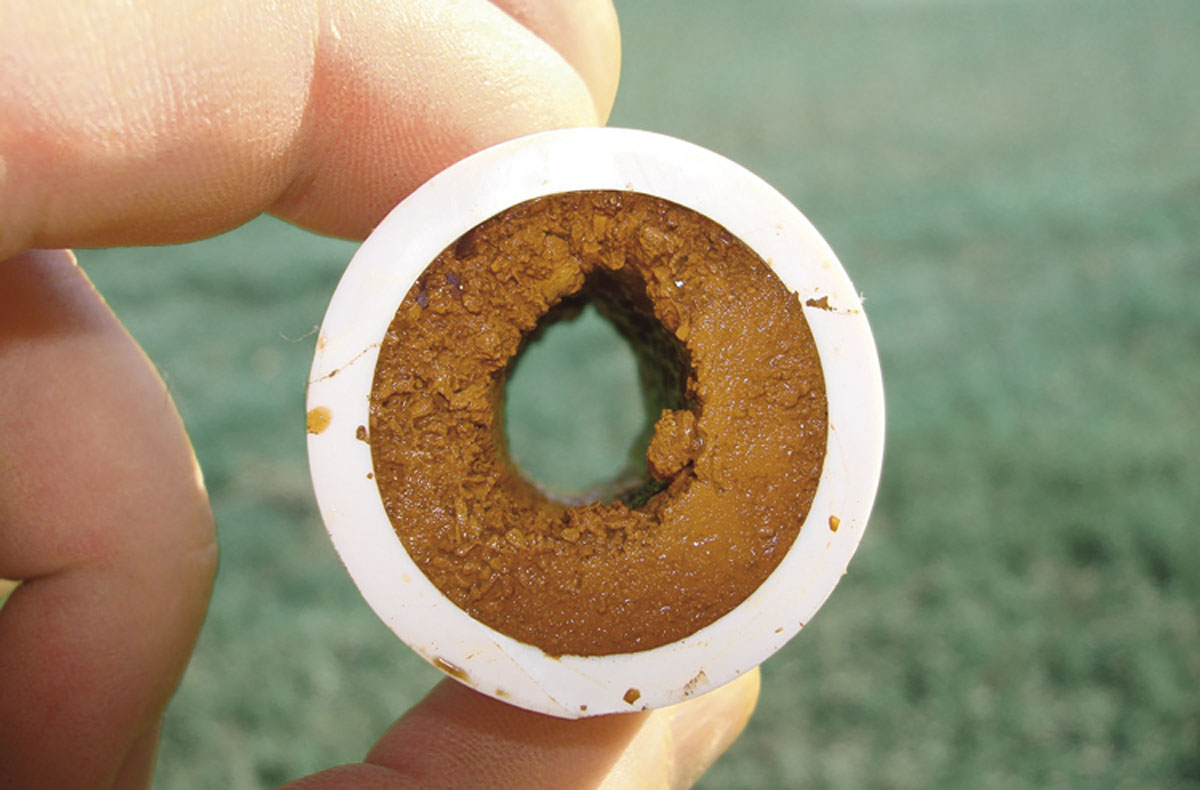Water is involved in every aspect of the poultry metabolism. It plays important roles in regulating body temperature, digesting food and eliminating body wastes. At normal temperatures, poultry consumes at least twice as much water as feed. We know how necessary it is to clean and disinfect surfaces, but cleaning and disinfecting the water lines of the poultry house is at least as important. Cleaning the water lines means removing the scale and the biofilm. This biofilm is a layer that is formed inside the water lines, partially caused by adding vitamins, medication etc. to the water. It harbors pathogens like Salmonella, E. coli for example and impedes the good functioning of medicine, vaccines. Eventually it will even block the nipples and reduce the water flow. A safe and adequate supply of water is therefore essential for efficient poultry production!
 The fastest way a pathogen can spread disease in a farm and affect the majority of your stock is through the drinking water. Contaminated drinking water can weigh heavily on the immune system of the poultry and will cause distress and disease due to the constant exposure to this high infection rate. Salmonella, E coli bacteria, Streptococcus, oocysts (coccidiosis) etc. can be carried easily to each pen and each drinking nipple or bowl where they eventually are consumed by a thirsty animal.
The fastest way a pathogen can spread disease in a farm and affect the majority of your stock is through the drinking water. Contaminated drinking water can weigh heavily on the immune system of the poultry and will cause distress and disease due to the constant exposure to this high infection rate. Salmonella, E coli bacteria, Streptococcus, oocysts (coccidiosis) etc. can be carried easily to each pen and each drinking nipple or bowl where they eventually are consumed by a thirsty animal.
Implementing a solid hygiene plan on a poultry farm through management, cleaning and disinfection could well be all in vain when drinking water was forgotten or not even included in your hygiene plan.

The biggest problems occur when the drinking line canalization contains a biofilm. Within this biofilm harmful pathogens are protected and can multiply. How more mineral deposit such as iron, manganese, calcium etc. is present -due to hard water for example- how easier it is for organic matter including bacteria to attach themselves to the inside edge of the drinking line.
At some farms there sometimes can still be a problem with the drinking water quality, even after a thorough cleaning of the drinking water lines. In these cases, the problem lies often with the quality of the water that enters the farm. Where does the water come from? Surface water such as artificial lakes or surface wells and well water mostly carry a high bacterial load with them. Also, Trichoderma and algae are commonly found in these kinds of waters. In these situations, the incoming water should be disinfected at all times!
Every untreated drinking water line has a biofilm! Biofilm inside water lines is known as a mix of organic and inorganic ingredients in which microbes are multiplying. It can block the nipples, reduce the pipe volume by 70 to 80% and hence reduce the water flow from the drinking system considerably. The biofilm can “harbor” a lot of microorganisms. It adversely affects vaccines and vitamins administered through the water.
Discover our products

 The fastest way a pathogen can spread disease in a farm and affect the majority of your stock is through the drinking water. Contaminated drinking water can weigh heavily on the immune system of the poultry and will cause distress and disease due to the constant exposure to this high infection rate. Salmonella, E coli bacteria, Streptococcus, oocysts (coccidiosis) etc. can be carried easily to each pen and each drinking nipple or bowl where they eventually are consumed by a thirsty animal.
The fastest way a pathogen can spread disease in a farm and affect the majority of your stock is through the drinking water. Contaminated drinking water can weigh heavily on the immune system of the poultry and will cause distress and disease due to the constant exposure to this high infection rate. Salmonella, E coli bacteria, Streptococcus, oocysts (coccidiosis) etc. can be carried easily to each pen and each drinking nipple or bowl where they eventually are consumed by a thirsty animal.